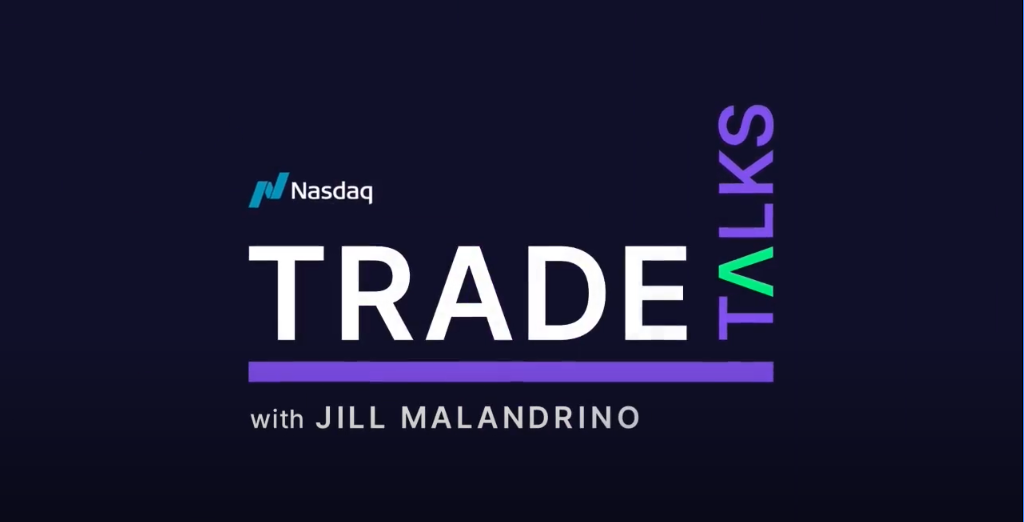Assess the Risks – Key Strategies for Overseeing Derivatives
Board IQ assembled a Panel of experienced mutual fund trustees and industry experts to brainstorm how to improve the board’s oversight of derivatives and complex instruments. The report, authored by PwC states the conclusions as follows.
Action Step One – Don’t paint derivatives with a broad brush
The Panel concludes that derivatives should not only be thought of as exotic and illiquid products. Many derivatives are liquid and widely used products that can accomplish many portfolio goals. However, any derivative should require boardroom monitoring. Furthermore, the board should push the fund’s advisors to identify in their registration statements the types of derivatives they are using and the ones they may use.
Action Step Two – Find out why – and whether – the advisor should use derivatives
An advisor should have justification for adding derivatives to an existing fund. The derivatives should serve the purpose to meet the fund’s investment objective. The board should then determine whether the choice of derivatives is suitable for the fund and its shareholders. After the board determines why the advisor wants to use the derivatives the board should obtain an understanding of risks involved with them.
Action Step Three – Determine the advisor’s competence
After the board has determined why the advisor wants to use derivatives, the board should determine if the advisor has the competence to use these products. Trustees need to assess the portfolio management tam’s track record and skill level for the use of each derivative.
Action Step Four – Scrutinize the back office
Beyond evaluating the advisors expertise regarding derivatives, the Panel recommends that boards should scrutinize the support staff’s ability to handle these instruments. The board should inquiry of the fund accounting procedures, internal audit function, and controls surrounding the use of derivatives.
Action Step Five – Conduct ongoing assessments
The board’s previous due diligence is only the beginning in the board’s oversight of derivatives. The board should continuously monitor the advisor’s use of derivatives and develop a process for the appropriate reporting of the derivative positions.
Action Step Six – Be wary of pricing and valuation difficulties
Boards should understand the pricing process for derivatives and verify that the processes are effective. The board should be cautious and focus more attention to the pricing process with exotic and illiquid derivatives.
Action Step Seven – Educate the board
The board should receive continuing education in derivatives. They should seek this education from the advisor and from outside sources. The goal of this training is for the board to develop knowledge in order to ask the right questions regarding the advisors use of derivatives.
Action Step Eight – Understand the tax ramifications
The use of derivatives can have a significant tax impact of mutual funds. The board’s role should be to ensure that the advisor has considered the tax implications of introducing new derivatives to the fund.
Action Step Nine – Weigh conflicts and custody considerations
The board should be aware of the potential conflicts and legal issues that surround derivatives and ensure the advisor has legal, risk and compliance functions that understand and monitor the conflicts.
Original Article Source: “Key Strategies for Overseeing Derivatives,” PwC, Dec. 2007.


